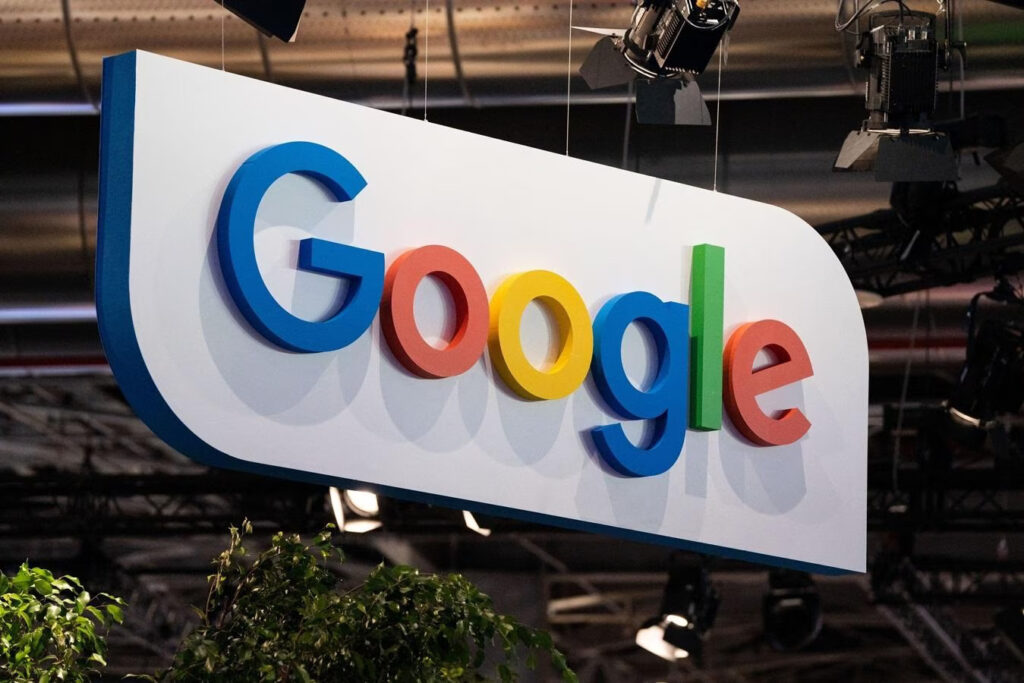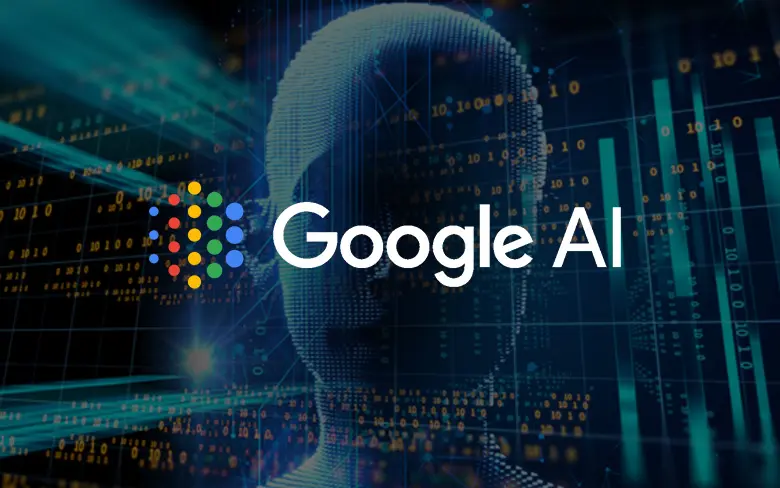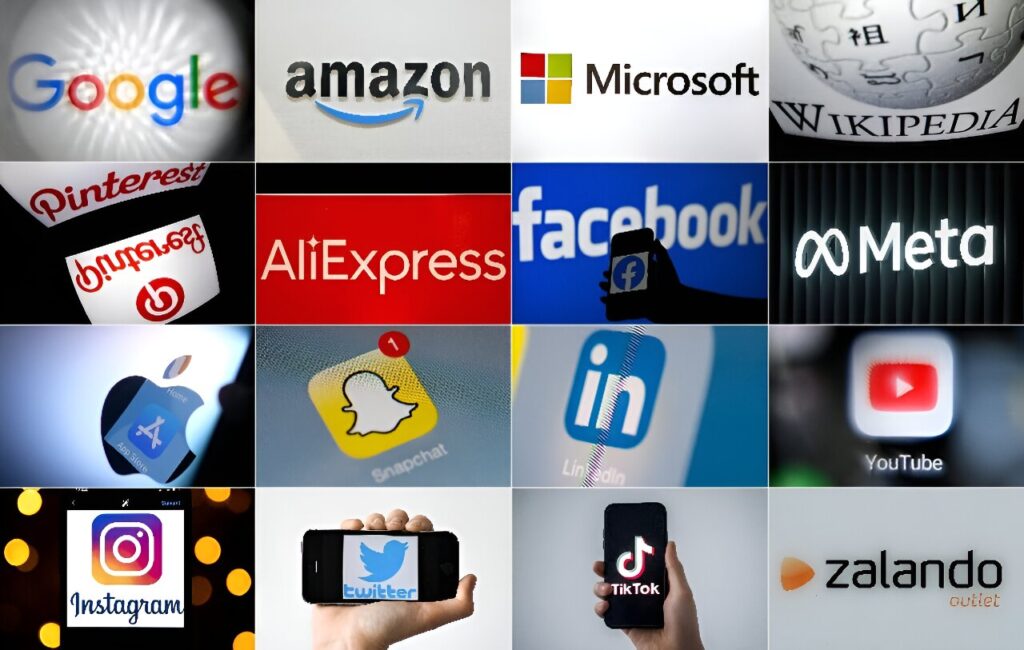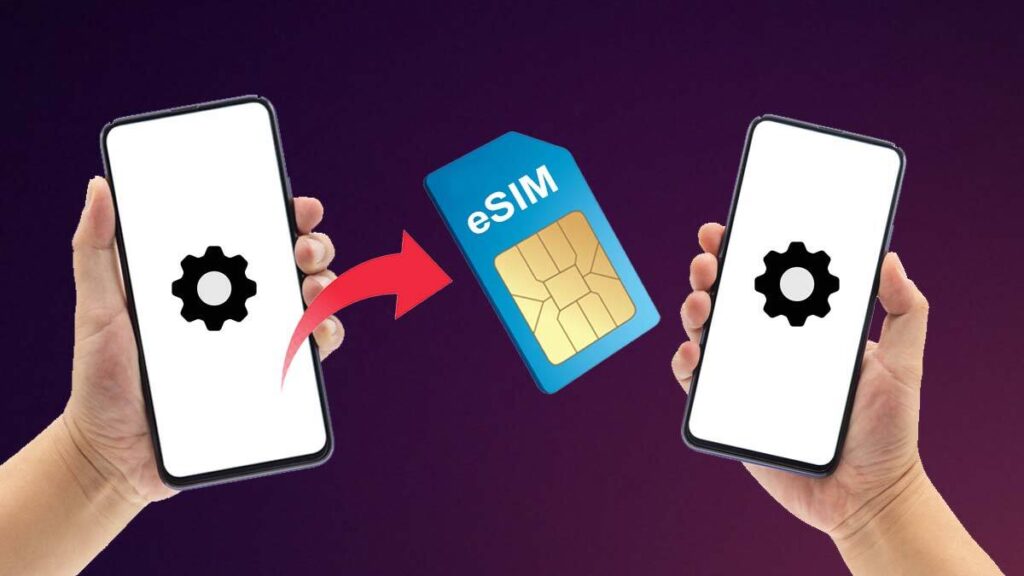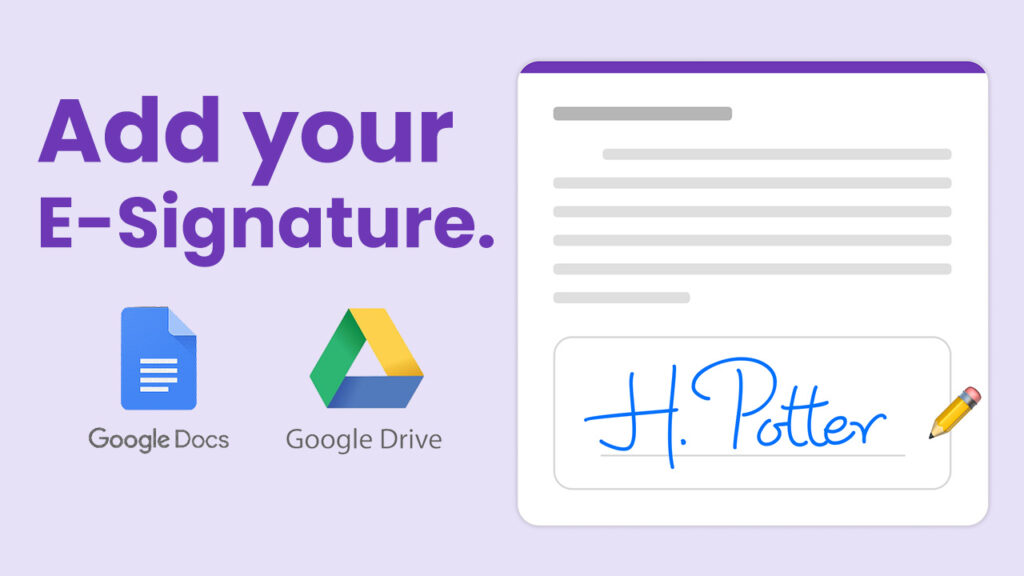Apple to Testify It Sees No Need to Deploy Google Alternative
In a pivotal moment during the Department of Justice trial against Google, Apple’s senior vice president of services, Eddy Cue, is set to testify on Tuesday, defending the tech giant’s longstanding partnership with Google as the default search engine on Apple devices, including the iPhone.

Cue will assert that this partnership remains the best choice for consumers and that Apple sees no reason to develop its own search tool. The agreement between Apple and Google, established in 2002, has been a lucrative one for both companies, with Google paying billions to secure its position as the default search engine on Apple products. However, this arrangement has drawn scrutiny from the government, which alleges that Google has used its search dominance to stifle competition.
Cue’s expected testimony will emphasize that Apple is committed to providing consumers with choices. While Google is the default search engine, Apple makes it effortless for users to switch to other search providers, such as Microsoft Corp.’s Bing, Yahoo, DuckDuckGo, and Ecosia, by offering these options within the Safari internet browser. Apple also receives a share of advertising revenue when users select these non-default search engines.
Apple’s stance on this issue stands in contrast to its approach in other areas where it competes head-to-head with Google. Notably, Apple rivals Google in mapping software, voice assistants, and operating systems for phones and computers.
John Giannandrea, Apple’s machine learning chief and a former leader of search at Google, also testified last week, highlighting a new feature introduced in iOS 17 and iPadOS 17. This feature allows users to assign a different default search engine specifically for private browsing, making it easier for consumers to switch between Google and other options.
Also Read: Tinder Offers $500-a-Month Subscription to Its Most Active Users
The ongoing trial between the Department of Justice and Google holds significant implications for the future of tech giants and their competitive practices. Apple’s testimony, through Eddy Cue, underlines the company’s belief that Google’s search engine remains the preferred choice for its users. As the trial unfolds, it will be interesting to see how these arguments impact the outcome and whether they will result in any changes to the default search engine landscape on Apple devices.

I am a law graduate from NLU Lucknow. I have a flair for creative writing and hence in my free time work as a freelance content writer.
